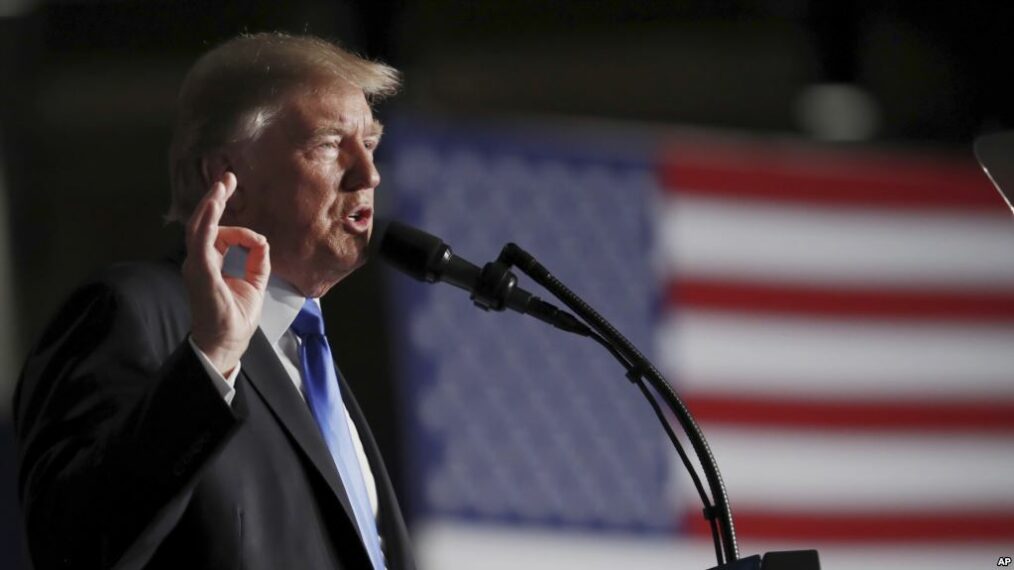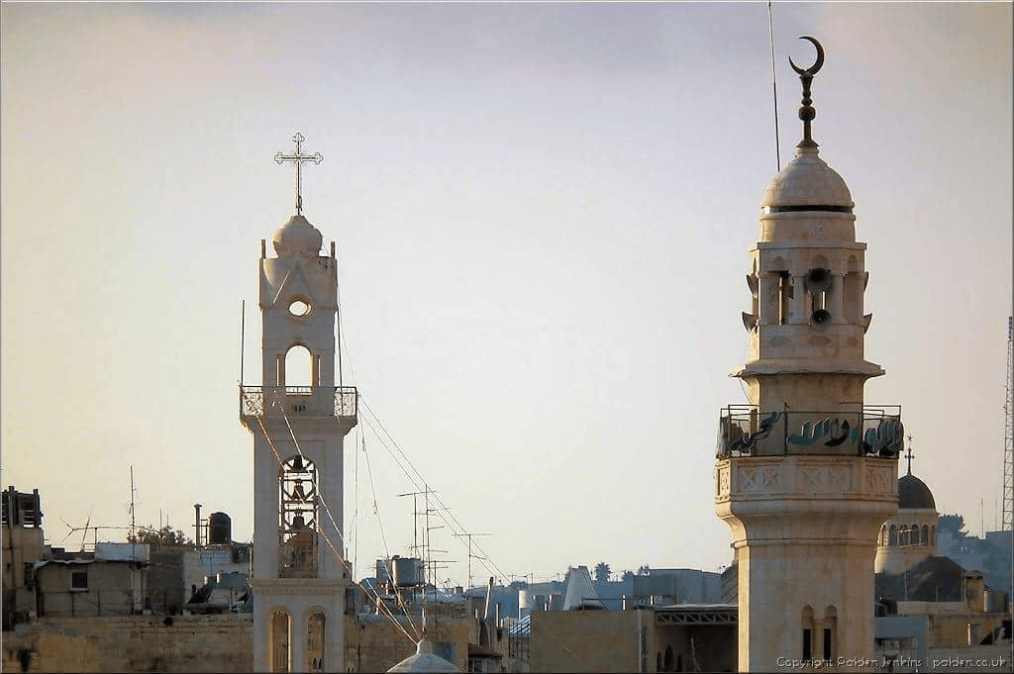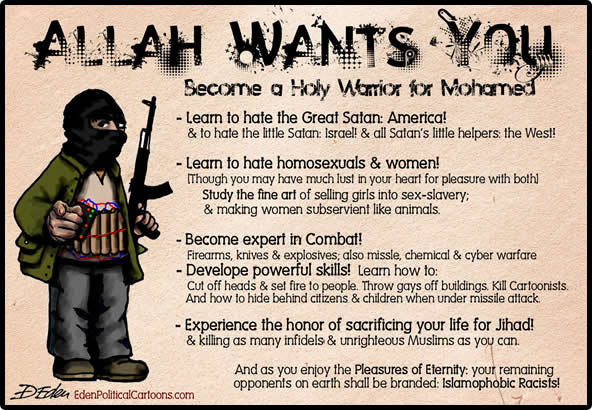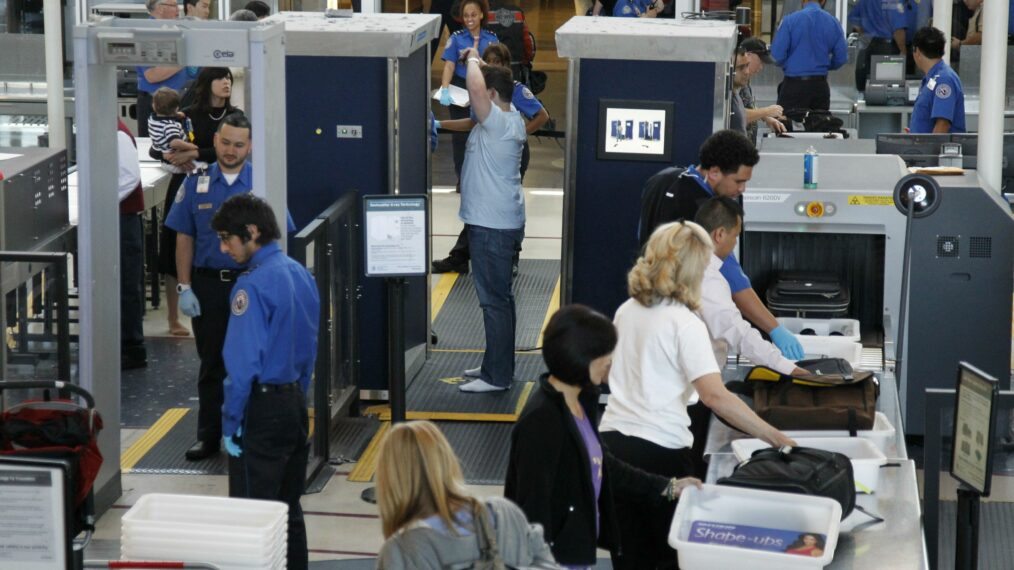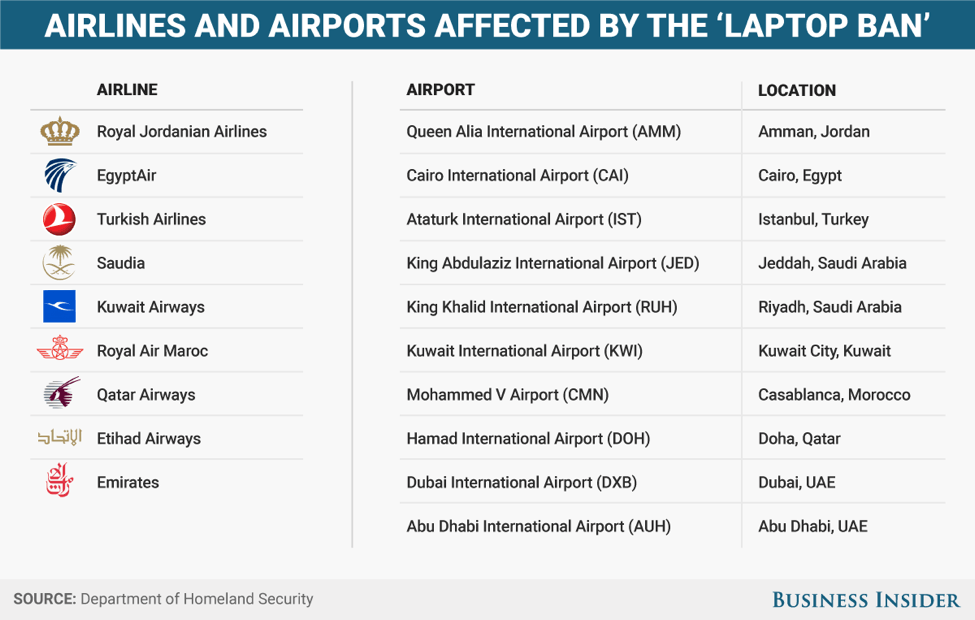
© Mandel Ngan/AFP/Getty Images
U.S. International Terrorism Strategy in 2018: New Battleplan or More of the Same?
On January 30, 2018, President Donald Trump presented his State of the Union speech before Congress and the nation. Since 9/11, presidents’ State of the Union speeches have consistently highlighted the impact of terrorism and the United States’ strategy in combating its global presence. Yet, President Trump’s speech mentioned terrorism a handful of times and often in the context of immigration concerns. Although the United States is not the only power fighting against terrorism and extreme ideologies, as a vital actor, it remains important to understand the United States’ objectives and planned actions moving into 2018.
Through 2016 and 2017, the world has watched the gradual, ongoing pushback of the Islamic State (ISIS) in Syria and Iraq. The US-led coalition has consistently brought the attack against ISIS terrorists. Kurdish forces and Arab allies reclaimed Mosul and later Raqqa. Today, the so-called Islamic State retains only a small fraction of the territory it once claimed.

Map of ISIS Territorial Control[1]
The fight is not over though. ISIS maintains a foothold and their hateful ideology continues to spread online. Unfortunately, the Trump Administration’s National Security Strategy failed to outline a comprehensive strategy regarding how the factors underlying the conflict will be addressed, the same problem as the past administration. On January 18, 2018, Secretary of State Tillerson outlined five goals for U.S. national security interests in Syria:
- Defeat of ISIS, al Qaeda, and terrorist threats to the U.S.;
- Resolution of the Syrian conflict through the U.N. political process that assures President Assad’s removal
- Diminish Iranian influence;
- Safe and voluntary return of refugees and internally displaced peoples; and
- Syria remains free of weapons of mass destruction.[2]
While these goals are laudable, they fail to articulate the U.S. strategy in Syria and the deployment of U.S. counterterrorism forces. Tillerson affirmed that, for the foreseeable future, the U.S. will maintain a military presence in Syria.[3] Just like in Iraq, inadequate management of this victory can lead to the rise of a similar or greater terrorist threat in the region in years to come. The U.S. must remain leery of declaring victory without the assurances of responsible governance and plans to address deep cultural and religious tensions. As Secretary of Defense Mattis indicated, the U.S. must be mindful what ISIS can morph into following their territorial defeat.[4]
For Afghanistan, the Trump Administration’s goals are more simplistic. In 2017, President Trump increased the troop levels from 8,500 to 14,000.[5] General Votel, U.S. Central Command, indicated that an increase in American trainers would be vital to expand the fight against insurgents and the Taliban.[6] Under the Trump Administration, the U.S. military was given greater latitude to strike targets and operate within these conflict zones.
Partnerships with Afghanistan and its neighbor, Pakistan, will help in tempering the conflict. A strong U.S. security presence, with a freer reign of tactics, may push back the Taliban and insurgency parties, but only the regional actors may be able to completely resolve the conflict. President Trump’s determination to withhold aid from Pakistan will not aid that objective or regional stability. U.S. troops may be able to reduce the Taliban and extremist fighters, but terrorism will not end in the area if Afghanistan and Pakistan are not players. One thing is certain, the Trump Administration is focused on the elimination of the Taliban and terrorist fighters in Afghanistan.

Map of South Asia and Conflict Parties, and U.S. Troops in Afghanistan[7]
In conjunction with President Trump’s rhetoric, U.S. actions in the Middle East and South Asia are moving toward greater militarism. The U.S. military has been able to reduce terrorist organizations’ strength. This may lead to some positive outcomes, but it rarely has led to complete success against terrorism. Iraqi and Afghans history shows that the military cannot be the sole solution. President Trump’s State of the Union did not address any methods or plans to counter violent extremist ideology (a root of many of these conflicts) in the region. A comprehensive terrorist strategy – military and diplomatic – is necessary.
Sources:
————————————————————————————————————–
[1] http://www.bbc.com/news/world-middle-east-27838034
[2] https://www.politico.com/magazine/story/2018/01/30/donald-trump-syria-strategy-216551
[3] https://www.politico.com/magazine/story/2018/01/30/donald-trump-syria-strategy-216551
[4] http://thehill.com/opinion/national-security/370295-the-isis-defeat-myth-no-one-talks-about-isis-sympathizers-and-us
[5] https://www.washingtonpost.com/world/national-security/up-to-1000-more-us-troops-could-be-headed-to-afghanistan-this-spring/2018/01/21/153930b6-fd1b-11e7-a46b-a3614530bd87_story.html?utm_term=.83275c5c3741
[6] http://time.com/5085376/afghanistan-us-military-strategy/
[7] https://www.bloomberg.com/news/articles/2018-01-11/trump-is-playing-a-dangerous-game-with-pakistan
[print-me]

